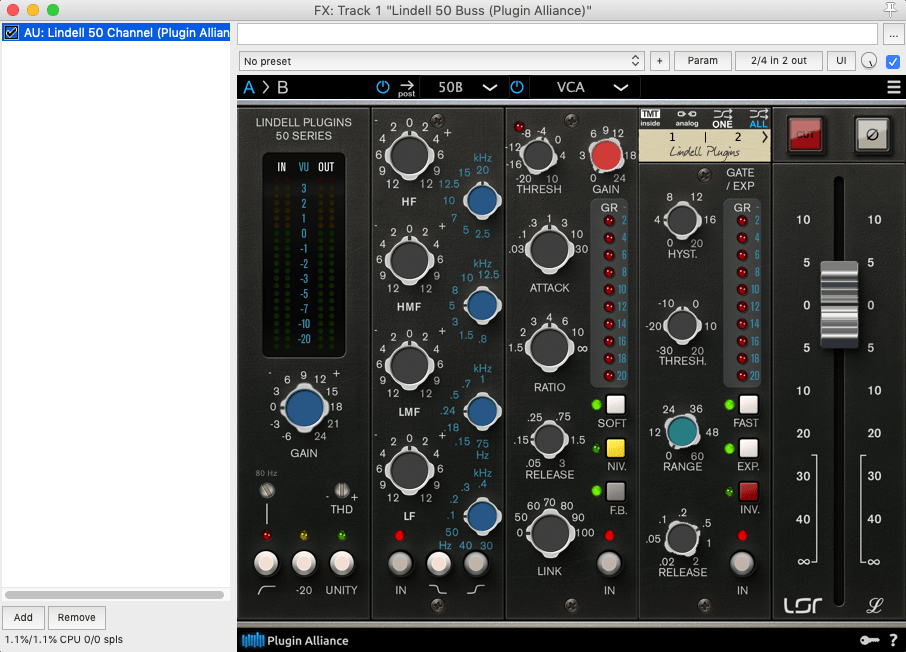
A tape emulator creates a digital mapping of the effect that tape devices produce and then applies it to an audio signal.ĭepending on the device being emulated, a few fundamental characteristics define tape saturation. Tape emulators mimic audio responses created by analog tape recorders and tape effect units. Overloading the magnetic tape strip with a signal produces saturation.

The tape naturally has a capacity for the amount of data it can store.


The recording head of the recorder magnetizes each of the iron oxide particles on the tape by varying amounts over time.Ī tape can conduct electricity, and – with the proper process – an electrical signal can be printed onto its surface. When recording a signal into a tape recorder, the voltage is sent to an electromagnet of the recording head. UAD Studer® A800 Multichannel Tape RecorderĪnalog tape is a roll of plastic film that is covered in a thin coat of chemicals that contain iron oxide, as well as tiny magnetic particles. In a nutshell, here is the list of best tape emulation plugins in 2023:ġ. Therefore, when part of the signal passes the saturation point, that part of the signal no longer represents the frequencies or amplitude of the original signal but a distorted and compressed version instead. The result is that the signal gets compressed and distorted in a non-linear fashion. This means that they can’t be polarized further and thus can’t hold any more amplitude. To be more specific, this phenomenon occurs when an input voltage exceeds the system’s limit or saturation threshold of the tape, and the iron oxide molecules of the tape have reached the maximum magnetic potential. Tape saturation is a phenomenon from the analog era that describes the effect of the distortion caused when a voltage level has exceeded the tape’s ability to record it.


 0 kommentar(er)
0 kommentar(er)
